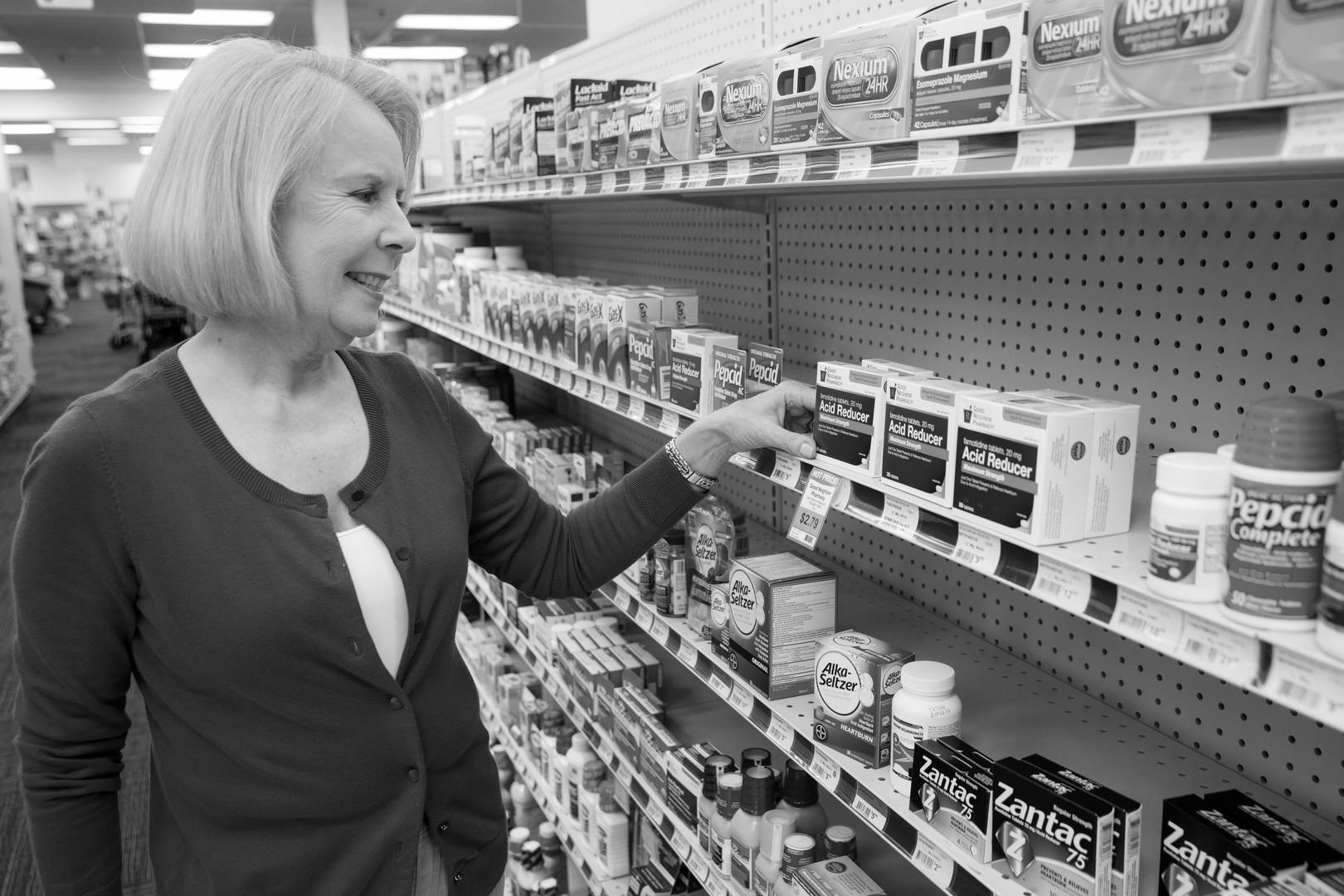Manage Your Margin: Recouping Your Losses on Unsaleable Pharmaceuticals
By Scott Bradford

In the course of normal operations, independent community pharmacies encounter at least some level of unsaleable products. The inventory you have on hand should track closely with customer demand if you're following best practices in pharmacy inventory management, but circumstances beyond your control will inevitably strand some excess products on your shelves.
For instance, patients with maintenance medications may need to change the dosage or strength of their prescription over time. Managed care issues can play a role, too, such as when a PBM switches from one covered drug to another within its formulary. Even something as simple as the manufacturer's packaging can leave you with unused products (e.g., a bottle of 100 pills with a normal script volume of 30).
In any event, you need to know how to properly remove unsold pharmaceuticals from your pharmacy and what the process is for being paid for such products that meet their respective manufacturer’s pharmaceutical return goods policy. You should also get familiar with pharmaceutical returns companies and wholesaler programs that can facilitate the entire process, minimizing your time spent and maximizing your return on investment.
When to remove products from your pharmacy
Although some manufacturers may have an extended window of eligibility to return product for credit prior to expiration date and up to 12 months after expiration, the most effective and least costly approach is to return unsold pharmaceuticals every quarter near or after expiration date. In general, pharmaceutical product in its original container may be eligible for credit, as long as it's properly returned within three to six months after its expiration date, depending on manufacturer policies.
What products may be eligible for credit
Unopened products sealed in original manufacture packaging are generally eligible for credit, and some manufacturer policies—mostly branded products—allow opened containers or “partials” as eligible products. Certain products and dosage types, such as injectibles, ampules and cartridges, are not eligible for credit for any reason. The most frequent instance that products are not eligible would be a “partial" product—the packaging has been opened at the pharmacy and some of the pills or packaged contents have been dispensed. Also, products not in their original manufacturer container, such as re-packs or medication that has been placed in a prescription vial, would not qualify for credit. Manufacturer pharmaceutical return goods policies vary significantly and that evaluation process is managed by the pharmaceutical returns companies as the pharmacy’s product is processed at their warehouse or contracted return company.
How returns should be handled
The first step in identifying unsaleable pharmaceutical returns is to visually inspect products on the shelves, in the refrigerator and in the vault to find those that are about to expire. This should be done at least quarterly. Typically, you would arrange product at the front of the shelf that are partially dispensed and/or have the most recent expiration dates. Some pharmacies use stickers or color-coded tags to easily recognize a product’s expiration date.
After identifying products to send to the returns company, segregate short-dated, expired or recalled products for return processing. Most pharmaceutical returns companies provide a workflow on their web portals to create an inventory of products and steps to prep and ship product back to their warehouse. Some pharmaceutical returns companies and wholesalers provide onsite resources to process the returns on your behalf.
Next comes the task of recouping credit. As a general rule of thumb, eligible products could be worth 70 to 80 percent of your original cost;1 however, there is great variability based on each manufacturer’s return goods policy and wholesaler credit issuance processes. Additionally, it’s important to understand the terms of payment (in advance of manufacturer payment or after manufacturer payment) and method of payment (credit issued by the wholesaler or check issued by the returns company), which is generally a shared agreement managed by your returns company and wholesaler.
Finally, because unsaleable returns will be an ongoing issue, keep an eye on ways to avoid them in the first place. For example, fill as many scripts as possible from an open container of generic medication before unsealing a new container because partial generics may not be eligible for credit. Further, stay alert to prescriptions not picked up by customers; if allowed under your state's pharmacy regulations, return the unclaimed drug to its original container.
Seeing the big picture
As you manage your returns of unsaleable pharmaceutical products, bear in mind that you’re dealing with an asset that has substantial value. Minimize returns wherever you can through pharmacy inventory management best practices and then partner with a pharmaceutical returns company and wholesale partner that can make sure the right products get returned, properly disposed of and adjudicated in the form of a credit in a timely manner.
Choosing the right returns company and program offered by your wholesaler will help track unsaleable inventory and streamline financial reconciliation, thereby boosting your cash flow. As an added bonus, you and your team will have more time to spend delivering the high standard of patient care that sets your pharmacy apart from your competitors.
Need help processing your unsaleable pharmaceutical returns?

1. AmerisourceBergen. Industry estimate.






